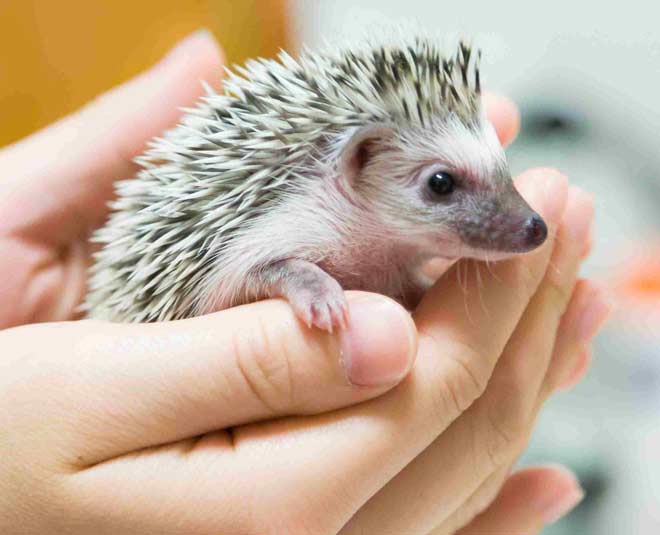
The Rise of Exotic & Mini Pets in 2024–2025
🌍 A Shift in Pet Culture
As urban living becomes denser and pet parents crave unique companions, interest in exotic and miniature pets has boomed. From hedgehogs and sugar gliders to tortoises and fancy geckos, these small wonders are redefining what it means to share your home with an animal in the modern age.
🔟 Why Exotic & Mini Pets Are Trending
- Space-Friendly – perfect for apartments.
- Low to Moderate Maintenance – many need less walking or grooming than dogs or cats.
- Unique Appeal – conversation starters and social-media darlings.
- Hypoallergenic Options – reptiles and amphibians suit allergy sufferers.
- Educational Value – great for teaching responsibility and biology.
- Viral Popularity – TikTok and Instagram boost demand (#hedgehogsoftiktok, #geckogram).
- Diverse Personalities – from cuddly to hands-off.
- Cost-Effective in Some Cases – lower ongoing costs than many traditional pets.
- Longevity – certain reptiles and birds live for decades.
- Sustainability Awareness – rising demand for ethically bred, captive-raised animals.
🐾 Meet the Stars of the Mini & Exotic World
1. Hedgehogs
- Traits: Nocturnal, shy at first, low odour.
- Needs: Temperature control, exercise wheel, insect diet.
- Life Span: 4–6 years.
- Trending: “Hedgecam” obstacle-course videos dominate small-pet TikTok.
2. Sugar Gliders
- Traits: Affectionate marsupials that bond for life.
- Needs: Large vertical cage, fruit-plus-protein diet, daily handling.
- Life Span: 10–12 years.
- Fun Fact: Their patagium allows them to glide up to 45 metres in a single leap.
3. Leopard Geckos & Bearded Dragons
- Traits: Docile, easy to handle, beginner-friendly.
- Needs: Heat lamp, live insects, humidity control.
- Life Span: 10–20 years.
- Pros: Hypoallergenic and low maintenance.
4. Miniature Rabbits (e.g., Netherland Dwarf)
- Traits: Playful, social, can be litter-trained.
- Needs: Hay-rich diet, safe free-roam time, regular grooming.
- Life Span: 8–10 years.
- Tip: Bunnies thrive indoors and form tight bonds with their humans.
5. Tortoises (e.g., Russian or Hermann’s)
- Traits: Calm, vegetarian, surprisingly expressive.
- Needs: Outdoor time, UVA/UVB lighting, varied greens.
- Life Span: 30–100 years — a multigenerational commitment.
- Consider: Spacious habitats and long-term planning are essential.
6. Exotic Birds (Cockatiels, Parrotlets, Budgies)
- Traits: Vocal, intelligent, sometimes talkative.
- Needs: Enrichment toys, daily out-of-cage time, balanced seed-and-veggie diet.
- Life Span: 5–30 years, species dependent.
- Caveat: They can grow noisy or destructive if understimulated.
⚖️ Is a Mini or Exotic Pet Right for You?
| Question | Why It Matters |
|---|---|
| Are you home often? | Many exotics need daily interaction and feeding. |
| Allergies a concern? | Reptiles and amphibians are good low-allergen choices. |
| Can you provide specific heat/light/humidity? | Critical for reptiles and some invertebrates. |
| Exotic-pet vet nearby? | Not all clinics service non-traditional animals. |
| Budget for habitat & specialised diet? | Some pets need live food or custom enclosures. |
🧠 Tips for Responsible Exotic-Pet Ownership
- Research Thoroughly – know lifespan, diet, and behavioural needs.
- Ethical Sourcing – choose captive-bred animals from reputable breeders or rescues.
- Create Enrichment – stimulate natural behaviours with hides, branches, and toys.
- Annual Vet Checks – exotics benefit from preventive care too.
- Gentle Socialisation – respect species-specific handling limits.
- Plan for the Future – long-lived pets need succession planning.
🐾 Final Thoughts
Exotic and mini pets are more than a trend; they’re part of a broader, more diverse pet-parenting culture. With the right research, ethical sourcing, and care, these small companions deliver oversized joy and wonder — no barnyard required.


